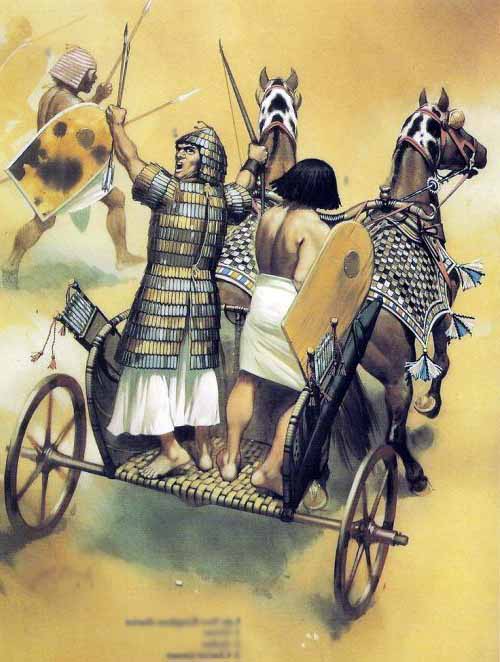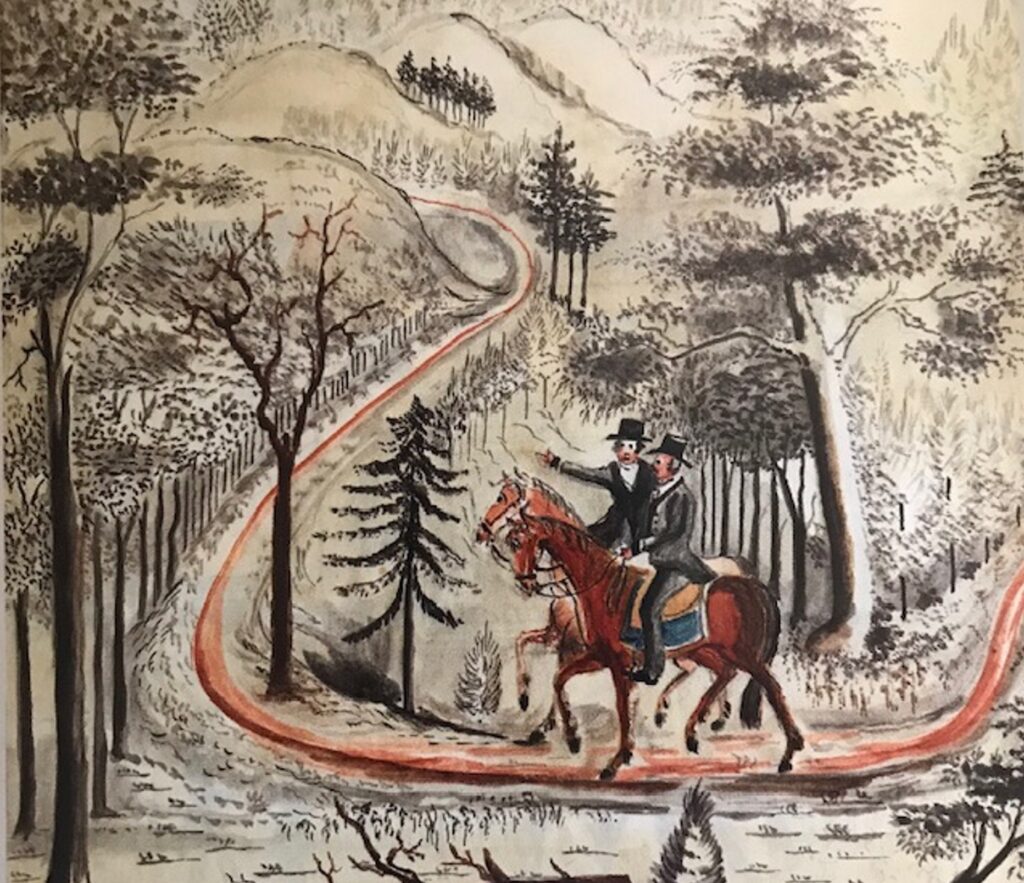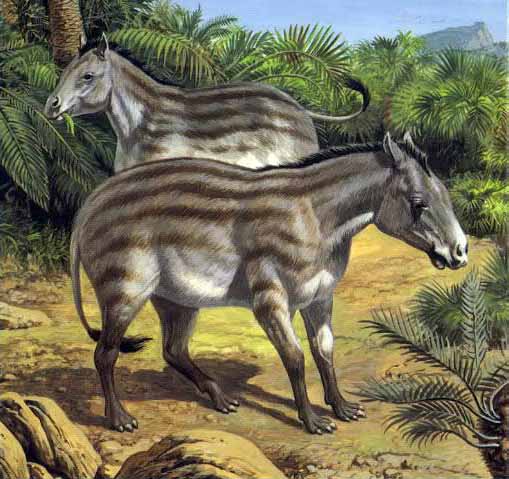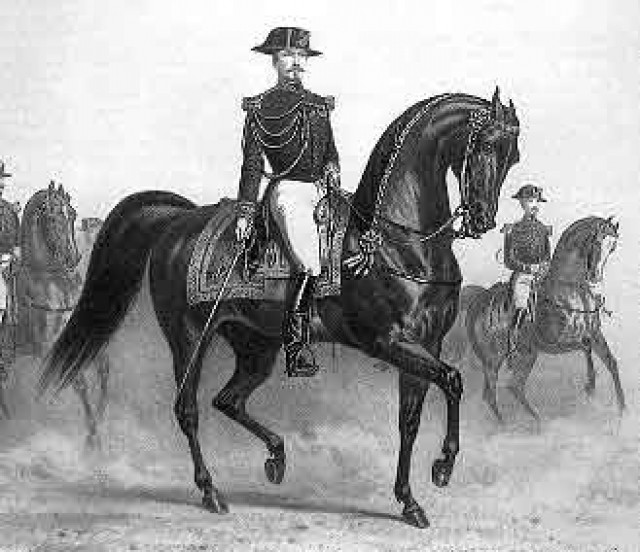“Horseback Riding and its Connection to History” is an article that explores the rich history and significance of horseback riding throughout time. The article discusses how horseback riding has played a crucial role in various cultures and civilizations, from its roots in ancient warfare to its importance in transportation and leisure activities. Dive into the fascinating world of horseback riding and discover how it has shaped our history in countless ways.
The Origins of Horseback Riding
Horseback riding has a long and rich history that dates back thousands of years. From its early human-horse interactions to its role in warfare, transportation, and everyday life, horseback riding has played a significant role in shaping civilizations and shaping the world as we know it today.
Early Human-Horse Interaction
The origins of horseback riding can be traced back to the early interactions between humans and horses. It is believed that horses were first domesticated around 4000 BCE in the Eurasian Steppe region, which spans from modern-day Ukraine to Mongolia. These early humans recognized the strength, speed, and cooperation of horses and began to train them for various purposes.
Domestication and the Rise of Horse Riding
As humans became more familiar with horses, they began to domesticate and breed them for specific traits that were useful for riding and other tasks. This led to the rise of horse riding as a means of transportation, warfare, and agricultural labor. The domestication of horses also allowed humans to expand their territories and explore new lands.
Horseback Riding in Ancient Civilizations
Horseback riding played an essential role in various ancient civilizations, including Mesopotamia, Egypt, China, Greece, and Rome. Each civilization had its unique relationship with horses and utilized them in different ways.
Horseback Riding in Mesopotamia
In ancient Mesopotamia, which encompassed modern-day Iraq and parts of Syria and Iran, horses were used primarily for warfare and transportation. The Mesopotamians developed advanced riding techniques and used chariots and cavalry units to gain an advantage in battle.
Horseback Riding in Egypt
In ancient Egypt, horses were considered a symbol of power and were primarily used for chariot racing and military purposes. The pharaohs and the Egyptian elite often participated in grand horse racing events, showcasing their wealth and status.
Horseback Riding in China
In ancient China, horses held great importance and were revered as sacred animals. They played a vital role in military operations, transportation, and communication along the Silk Road trade routes. The Chinese also developed various equestrian arts, such as trick riding and acrobatics.
Horseback Riding in Greece and Rome
In ancient Greece and Rome, horses were not only used in warfare but also for sport and entertainment. The Greeks and Romans participated in horse racing, chariot races, and equestrian events, which became an integral part of their culture and society.

Horseback Riding in Warfare
Horseback riding revolutionized warfare and played a significant role in shaping the outcomes of battles and conflicts throughout history. The speed, mobility, and power of horses gave armies a significant advantage over their opponents.
Cavalry and the Rise of the Horse Soldier
The development of cavalry units, consisting of soldiers on horseback, marked a revolutionary change in warfare. Cavalry soldiers were highly trained in riding and combat and provided a swift and formidable force on the battlefield. They could quickly maneuver and launch attacks, making them a crucial asset in military campaigns.
Famous Horseback Warriors
Throughout history, many famous warriors relied on horseback riding to conquer empires and leave a lasting impact. From the legendary Mongol warrior Genghis Khan and his vast cavalry to the feared knights of the medieval ages, horseback warriors were feared and admired for their skills, bravery, and strategic prowess.
Advancements in Horse Riding for Warfare
As horseback riding evolved, so did the equipment and techniques used in warfare. Advancements in saddles, harnesses, bits, and bridles allowed riders to have better control over their horses and perform complex maneuvers. These developments greatly enhanced the effectiveness of horseback warriors on the battlefield.
Horseback Riding in Transportation and Communication
Horses have been an invaluable mode of transportation and communication throughout history. They played a crucial role in the development of trade routes, mail delivery systems, and the expansion of civilizations.
Role of Horses in Ancient Trade Routes
Horses were instrumental in the establishment and maintenance of ancient trade routes, such as the Silk Road. They enabled merchants to transport goods over long distances quickly, connecting different regions, and facilitating cultural exchange and economic growth.
Horse-Drawn Carriages and Stagecoaches
Before the advent of automobiles, horse-drawn carriages and stagecoaches were the primary means of transportation for people and goods. These vehicles provided a comfortable and efficient mode of travel, allowing individuals to cover longer distances and transport goods across vast territories.
Pony Express and Mail Delivery
During the 19th century in the United States, the Pony Express revolutionized mail delivery. A network of horseback riders carried mail across long distances, delivering messages and parcels faster than ever before. The Pony Express played a vital role in connecting the East and West coasts and facilitating communication during a time of rapid expansion.

The Influence of Horses on Society
Horses have made significant contributions to various aspects of society, ranging from agriculture and farming to sports and entertainment.
Horses in Agriculture and Farming
For centuries, horses played a crucial role in agriculture and farming. They were used to plow fields, haul heavy loads, and transport goods. Horses increased productivity, enabling farmers to cultivate larger areas of land and turn agriculture into a more efficient and profitable industry.
Horses in Sports and Entertainment
Horses have long captivated the imagination of people and have been featured in various sports and entertainment activities. From horse racing and show jumping to circus performances and rodeos, horses have entertained audiences and showcased their beauty, agility, and power.
The Evolution of Horseback Riding Equipment and Techniques
The evolution of horseback riding equipment and techniques has been crucial in the development of riding styles and the ability to control and communicate with horses effectively.
Saddles and Harnesses
The invention of saddles revolutionized horseback riding. Saddles provided a secure and comfortable seat for riders, allowing them to stay balanced and maintain control over their horses. Over time, saddles evolved to suit different riding styles and purposes, such as the Western saddle and the English saddle.
Bits and Bridles
Bits and bridles are essential tools for guiding and communicating with horses. The use of bits allows riders to exert pressure on a horse’s mouth, signaling them to stop, turn, or perform specific movements. Different types of bits and bridles are used for different riding disciplines and levels of control.
Riding Styles and Techniques
Horseback riding has given rise to various riding styles and techniques around the world. From Western riding, which emphasizes a deep seat and one-handed rein control, to English riding, which focuses on balance, finesse, and two-handed rein control, different styles cater to different purposes and preferences.

Horseback Riding in the Middle Ages
The Middle Ages saw the emergence of chivalry, knights, and jousting tournaments, which further elevated the status and importance of horseback riding.
Knights and Chivalry
Knights were the epitome of horseback riding in the Middle Ages. They were skilled warriors who upheld the code of chivalry, which emphasized honor, loyalty, and respect. Knights often participated in jousting tournaments, showcasing their equestrian skills and engaging in mock battles.
Jousting and Tournaments
Jousting tournaments were grand spectacles that attracted nobles and commoners alike. Knights would compete against each other in displays of skill and courage, jousting on horseback while wearing armor and carrying lances. These tournaments were not only a test of equestrian abilities but also served as a means of entertainment and social gathering.
Equestrian Arts and Training
During the Middle Ages, equestrian arts and training became more refined and specialized. Horses were trained to perform intricate movements, such as dressage and haute ecole, showcasing their grace, obedience, and agility. These displays of horsemanship were often performed by knights and nobles, further solidifying the link between horseback riding and prestige.
Horseback Riding in the Americas
The introduction of horses to the Americas had a profound impact on Native American cultures and paved the way for European conquest and colonization.
Horses and Native American Cultures
When horses were reintroduced to the Americas by Spanish explorers in the 16th century, Native American tribes quickly adapted to this new mode of transportation. Horses revolutionized hunting, trade, and warfare for Native American cultures, enabling them to explore new territories, engage in long-distance trade, and mount more effective military campaigns.
The Impact of Spanish Conquistadors
The arrival of Spanish conquistadors in the Americas brought horseback riding to the forefront of conquest and colonization. Spanish soldiers, armed with horses and advanced weaponry, quickly overpowered indigenous peoples who had not yet encountered this newfound technology. The horse’s speed, strength, and mobility granted the Spanish a significant advantage, ultimately leading to the downfall of many Native American civilizations.

Horses in Modern Society
While the role of horses in everyday life has diminished in modern times, their significance in recreational activities, sports, and therapy remains strong.
Recreational Horseback Riding
Recreational horseback riding is a popular activity worldwide, allowing individuals to connect with nature, explore new landscapes, and experience the bond between horse and rider. Trail riding, beach riding, and horse camping are just a few examples of the many recreational opportunities that horseback riding offers.
Competitive Equestrian Sports
Equestrian sports encompass a wide range of disciplines, including show jumping, dressage, eventing, rodeo, and polo. These sports showcase the skills and abilities of both horse and rider, combining athleticism, precision, and teamwork. Equestrian athletes compete at local, national, and international levels, attracting large audiences and dedicated fans.
Therapeutic Riding and Equine-Assisted Therapy
Horseback riding has proven to be beneficial for individuals with physical, mental, and emotional challenges. Therapeutic riding programs and equine-assisted therapy utilize horses’ calming nature and rhythmic movements to aid in physical rehabilitation, improve cognitive abilities, and enhance emotional well-being. Horses provide a unique connection and source of healing for individuals facing various difficulties.
The Importance of Horseback Riding Today
Despite the advancements in technology and the decline of horses as a primary mode of transportation, horseback riding continues to hold significance in modern society for various reasons.
Preserving Equestrian Traditions
Horseback riding serves as a means to preserve and honor equestrian traditions that have shaped cultures and societies for centuries. It allows individuals to connect to their heritage, learn from past generations, and appreciate the history and skills associated with horse riding.
Horseback Riding as a Sport and Hobby
For many, horseback riding is more than just a hobby or recreational activity. It is a competitive sport that requires dedication, skill development, and a deep understanding of the horse-rider relationship. From weekend riders to professional equestrians, horseback riding offers a unique and challenging pursuit that brings joy, accomplishment, and personal growth.
Horses in Science and Research
The study of horses and their physiology, behavior, and genetics has contributed to advancements in veterinary medicine, zoology, and other scientific fields. Horses are often used as research subjects, helping scientists gain insights into various aspects of biology and animal health. The knowledge gained from studying horses has wider implications for understanding other species and improving human-animal interactions.
In conclusion, horseback riding has left an indelible mark on history and continues to be cherished and valued in modern times. From its early interactions with humans to its role in warfare, transportation, and everyday life, horses have played a fundamental role in shaping civilizations across the globe. Whether used for sport, therapy, or simply for enjoyment, horseback riding remains an essential part of our cultural heritage, connecting us to the past and enriching our lives in the present.

